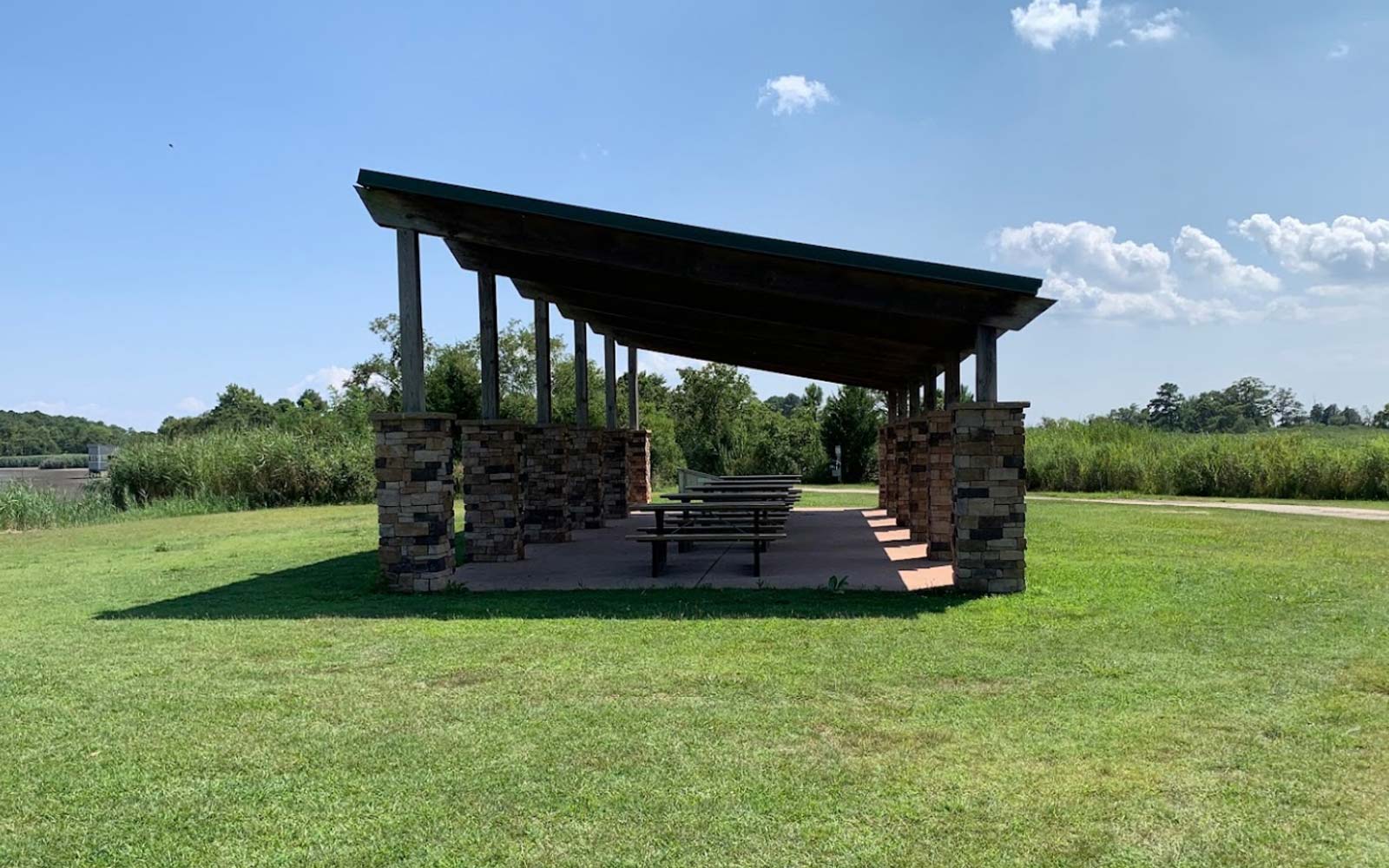Experience STEM education programs at CBEC
CBEC is a great place to learn the principles of science, technology, engineering, and mathematics (STEM) and see them at work in a natural environment!
AEROKATS
CBEC’s wildlife reserve is home to two large salt marsh habitats that serve as stomping grounds for various estuarine wildlife. A growing threat to salt marshes throughout the Chesapeake Bay is the invasion of non- native species. Invasive grass species, such as Phragmites, overcrowds and uproots native wetland plants leading to the loss of habitat and available food sources for native species. To better understand and control these invasive populations scientists study growth patterns and atmospheric conditions of salt marsh habitats throughout the Chesapeake Bay.
CBEC uses AEROKATS to monitor the behavior of invasive marsh grasses and the surrounding environmental conditions over time via kite- based aerial imaging and in- situ atmospheric data collection.
Read NASA’s Spin-Off story on the development and use of kites informally with students and for scientific research.
Supported by a NASA Cooperative Agreement for Education
The Chesapeake Bay Environmental Center (CBEC) will be hosting education programs to present lessons and activities created by AEROKATS and ROVER Education Network (AREN). AREN technologies are designed by NASA engineers and lesson developments incorporate STEM education using real-world settings at CBEC. The program’s data capture and visualization tools are designed to incorporate protocols set by The Globe Learning and Observation to Benefit the Environment (GLOBE) program and meet Next Generation Science Standards (NGSS).
Advancing Earth and Observations with Kites and Atmospheric/Terrestrial Sensors (AEROKATS) – 6-12th Grade.
The Advancing Earth Research Observations with Kites and Atmospheric/Terrestrial Sensors (AEROKATS) program uses kites and sensor platforms, developed by NASA engineers, with the latest low-cost scientific instruments to collect in- situ and remotely sense atmospheric data. CBEC uses AEROKATS to monitor the invasion of non- native salt marsh grasses in the Chesapeake Bay.
AEROKATS participants will be educated in:
- how to operate AREOKATS equipment and field instruments used to collect atmospheric data.
- how to properly retrieve, analyze and interpret atmospheric data on GLOBE’s database
methods of atmospheric research - basic aerodynamics and atmospheric properties of the surrounding environment.
During the participant’s time in the AEROKATS program, students will:
- collect in- situ and remote sensing data at different wind speeds in varied altitudes using kites.
- survey the diversity of CBEC property that allows students to read different landscapes.
- gain experience operating new generation technologies.
- learn proper kite flying and equipment handling techniques and practice safety management.
The GLOBE Program
AREN is partnered with the GLOBE Program to expand GLOBE sample sites and increase the amount of atmospheric data available online to citizens and scientists. GLOBE protocols are incorporated in the AREN program to learn the proper techniques and steps to collect information about biotic and abiotic factors of an ecosystem. Data that is collected is submitted to GLOBE’s Online Database and available to the public.
Atmosphere
Biosphere
- Biometry Protocols
- Land Cover Classification Protocols
- Green- up/ Green- down Protocols
- Satellite Imagery and GLOBE Study Site
- Computer- aided Land Cover Mapping
- Manual Land Cover Mapping
Earth as a System
- Seasonal Changes in Land and Water
- Diagraming Study Site for Others
- Your Regional to Global Connection
Hydrosphere
Rover Mission
There are multiple freshwater and saltwater ecosystems located throughout CBEC’s 510-acre property. These habitats exhibit water quality parameters that are specific to each ecosystem and important to their overall health. The composition of water is determined by the amount of dissolved or suspended impurities present in the environment. Monitoring water quality and the behavior of aquatic organisms in fresh and saltwater habitats allows scientists to determine the overall health of specific ecosystems.
CBEC uses ROVERs to monitor water quality in freshwater and saltwater ponds at various stages of pond development, by collecting in- water measurements and observing aquatic wildlife using remotely operated platforms.














